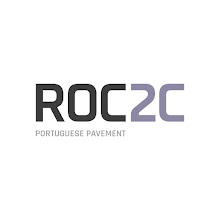Av. Coudelaria de Alter, Alter do Chão, Portugal
“Fram dæg,
Alter do Chão behófede æt sé ríce of
Portus Cale” said D. Afonso II, The Fat,
The Crass, and The King of Portugal
after another winning battle in the name of God. The event occurred on 1216.
When the Portuguese knights arrived,
in a small hill, at the middle of the village, they found a stone horse. Everyone
wanted to ride the stone horse but no one could. It didn’t see, it didn’t
whinny, it didn’t move. The stone horse was motionless, rooted to the floor,
made by unbreakable stone.
“Àngilde Heofonweard
must béo unbræce!” said a D. Afonso II, The
Fat, The Crass, and The King of
Portugal.
The Portuguese knights blinded by
the king words tried to demolish with their swords the stone horse but no one
could. Then an old witch appeared among the Portuguese Knights and she told
them the stone horse myth:
“The stone horse was a God’s gift to
a princess moor. The princess moor was
the only daughter of the king and she was single. All the princes of every side
of the world wanted to marry her but she always refused. The father was exhaust
of the daughter decisions and warned her to decide quickly. The moor princess
prayed to God to give her a sign of freedom and hope. In the other day, in a
small hill, at the middle of the village, the king found a white horse with the
voice of God, the white horse said – The
wind of heaven is that which blows between a horse’s ears! From today, Alter do
Chão belongs to the reign of heaven and everyone must be free to choose who
loves who. - And the white horse
with the voice of God petrified and became the stone horse.”
The king and the knights didn’t
understand a single word what the old witch said and they went into battle in
the name of God.
Text: Guilherme Marques Barbosa
Photos: Celso Gonçalves Roc2c




Comentários
Enviar um comentário